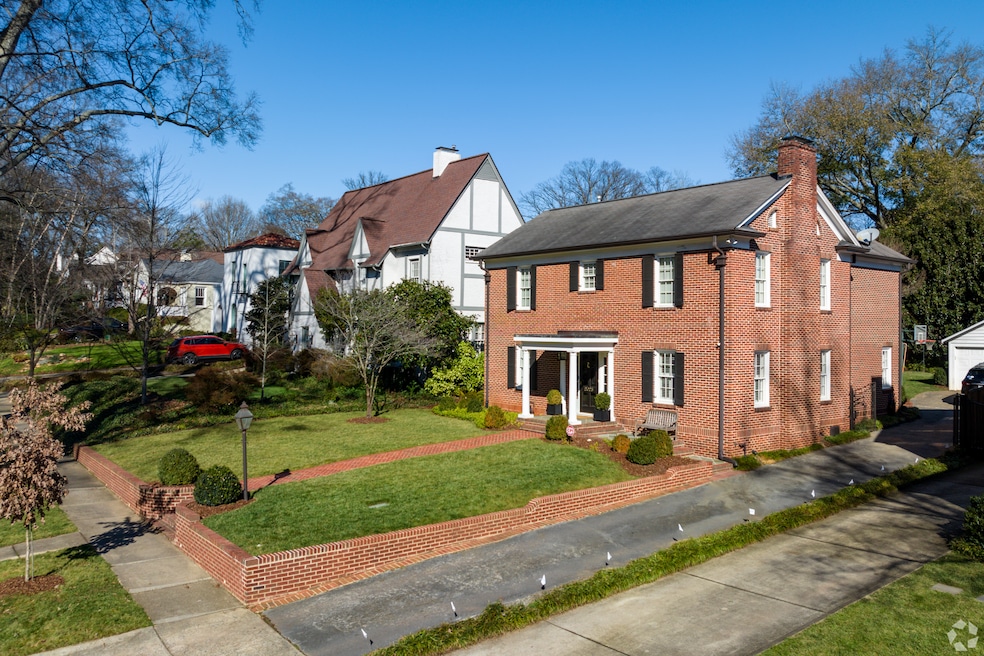Home price growth is slowing, and more properties are coming on the market in some parts of the United States, signaling that prospective homebuyers could be in for a busy spring.
In February, median home prices climbed 2.7% year over year, from $365,000 to $375,000, according to new Homes.com data measuring prices of single-family houses, townhouses and condos that was released Friday. Though it marks the 20th solid month of price increases, February is the second consecutive month that the rate of home price growth has declined.
So far, growth in prices peaked in December, when the median home price was 5.6% higher than a year earlier. In January, that growth slowed to 4.1%.
At the same time, the data from Homes.com showed that the number of houses for sale across the country increased in February compared to the same time a year earlier.
Taken together, the two data points suggest there could be big shifts underfoot in the housing market. When prices moderate and there is a larger supply of houses for sale, homebuyers have more options and greater leverage.
All told, the slowdown in price growth is the result of changes in the broader economy, including “elevated mortgage rates, slowing of demand, home prices being out of reach for many and economic uncertainty,” according to Melina Duggal, senior director of market analytics at CoStar Group and Homes.com.
Prices slowed most in the South
Just how much growth in home prices eased varied across the country, the data showed.
Of the top 10 fastest markets for home price growth, only one, Miami, was in the South, the data showed. At the same time, eight of the 10 slowest growing markets were in the South, and even Charlotte, North Carolina; Norfolk, Virginia; and Tampa saw prices fall.
Meanwhile, cities in the Northeast and Midwest, such as New York, Detroit and Chicago, experienced the strongest price appreciation, according to the data.
The variation in price growth reflects shifts in population trends and existing cost norms, Duggal said.
For example, the Northeast and Midwest “typically have lower prices and slower population growth, which leads to lower appreciation over the long-term,” she said. “On the other hand, places in the South, like Tampa, saw very high appreciation during the pandemic, which has cooled slightly due to factors like high interest rates, slower population growth, increased supply, and a reaction to the higher-than-average appreciation of the last few years.”
Whether the trend toward a buyer’s market holds is yet to be seen, though, and will depend on how the market plays out in the coming weeks.
For now, one positive sign is a softening mortgage market with the 30-year, fixed-rate mortgage hovering near months-long lows. As of Thursday, the average, 30-year, fixed mortgage rate was 6.63%, according to mortgage giant Freddie Mac, a buyer of loans from banks.

